All for the front line, all to defeat the American invaders
Our soldiers marching to battle. Photo: VNA
Based on the important position and role of the rear in relation to the frontline, after the victory of the resistance war against French colonialism in 1954, our Party advocated carrying out two strategic tasks at the same time: Carrying out the socialist revolution in the North and the people's democratic revolution in the South. The socialist revolution in the North not only aimed to build a prosperous and happy life for our people but also to build and consolidate the common rear base of the whole country to liberate the South.
Speaking at the National United Front Congress (September 1955), President Ho Chi Minh pointed out: “The North is the foundation, the root of our people's fighting force. If the foundation is solid, the house will be strong. If the roots are strong, the tree will grow well”. At the 12th Central Conference, Session III (December 1965), our Party continued to affirm: “The South is the great frontline, the main battlefield today. The North is the great rear of the South"... Implementing the Party's policy, despite being devastated by nearly 8 million tons of bombs dropped by the American invaders, the North still heroically fought, produced, and increased support for the revolution in the South.
To build a strong rear, from 1960 to 1975, throughout the North, there were many emulation movements in labor and production with a vibrant atmosphere such as "one hand plowing, one hand gunning", "one hand hammering, one hand gunning", "three ready youth", "three capable women"... From urban to rural areas, from lowlands to highlands, the enthusiastic atmosphere of labor and production became a climax attracting millions of women and farmers throughout the North to participate. The workers and civil servants also carried out many emulation movements such as "high productivity Saturday", "practice skills to compete for skilled workers". These movements not only created a lot of material wealth to support the front line, but also created an emulation atmosphere between the front line and the rear.
One of the great achievements in agricultural production in the North in the years 1965-1968 was the renovation of fields, the construction of irrigation systems and the application of new varieties. The low-lying Northern Delta region, which previously only grew one rice crop, was renovated and re-planned with irrigation systems built everywhere, along with short-term, high-yield rice varieties. Therefore, not only did Thai Binh record the 5-ton golden plaque, marking the first historical milestone in rice productivity in the North, dozens of other localities also achieved a yield of 5 tons/ha. The slogan "overweight rice, excess troops" encouraged the spirit of the people of the whole country to compete in labor, production, fighting, and expelling the invading American imperialists. In industry, the total number of state-owned industrial enterprises and joint public-private enterprises increased to 1,288 units; the total number of small-scale industrial cooperatives increased to 2,182 units.
During the years 1969-1972, the US escalated the bombardment of the North more and more fiercely. To overcome the consequences of war and fulfill the task of the great rear, the directives and resolutions of the Party and the Government pointed out that the task of restoring and developing the economy of the North at this time was to ensure the people's lives, strengthen the country's defense capability and meet all the requirements of the battlefield. 1969 was the year when the North concentrated the highest force to overcome the consequences of war, in which developing the agricultural economy was considered the leading front. The policy of making livestock farming the main industry created tens of thousands of concentrated livestock farms in collective production units. Industrial production facilities were also quickly restored. Many factories and enterprises were newly built, including the Thac Ba Hydroelectric Plant, the first hydroelectric project in the North. Railways, roads and waterways were basically operating normally; The inter-provincial, district and communal transport system developed fastest during this period.
The second destructive war of the American invaders lasted for a shorter period than the first, but left behind very serious consequences. Many cities, villages, transportation systems, dykes, and industrial production facilities were severely damaged. Meanwhile, aid from socialist countries to Vietnam decreased significantly compared to the previous period. Therefore, restoring the economy, healing the wounds of war, and devoting all efforts to supporting the South were the main tasks of the North in the years 1973-1975.
With the spirit of “not a pound of rice is missing, not a soldier is missing”, “no regrets until the vehicle has passed the house”, the North is always ready to share the fire, ready to sacrifice, ready to provide the last lines of material to the battlefield. Everywhere, the people of the North carry out “each person does the work of two” for the beloved South. Thanks to that, all economic, cultural and social targets set were met and exceeded. In the two years of 1973-1974, 379,000 tons of material were transferred to the battlefield, equal to 54% of the total volume of goods the North had sent to the South in the previous 16 years. In the first months of 1975, 230,000 tons of material were also quickly transferred to the South by all means. The strategic transportation system connecting the rear with the frontline, which was heavily damaged during the war, was repaired the fastest, so the freight and passenger transport index in 1975 increased twice compared to 1971. Regarding fuel alone, in 1973-1974, the North-South petroleum pipeline system brought nearly 303,000 tons to the battlefields. The large amount of weapons, technology, and fuel timely supported by the North helped the main force units carry out rapid maneuvers, completing the set strategic goals. According to incomplete statistics, from 1959 to 1975, the Northern rear supported the battlefields with nearly 700,000 tons of materials, including over 180,000 tons of weapons.
Not only mobilizing a large amount of wealth and material, the Northern rear mobilized a large human resource to serve the resistance war. Although they knew that going to war would involve sacrifices and losses, for the Northern youth at that time, joining the army to hold guns and fight the enemy was an ideal to live by. Many young people and students wrote volunteer applications in blood, expressing their determination and desire to live by their ideals. During those years, the entire North mobilized over 3 million people to serve the war (accounting for over 12% of the Northern population). Up to 70% of households in the North had relatives fighting on the battlefields; in the fields, women accounted for over 63% of the direct labor force so that men could go to war to save the country.
To achieve complete victory, the need for support for the battlefields in the South was even greater, the North had to devote all its strength to support the battlefields in the South. With the spirit of "cutting the Truong Son range to save the country", in the two years of 1973-1974, 250,000 Northern youths were mobilized into the armed forces, 150,000 troops went to the battlefields in the South, along with thousands of technical cadres sent to the liberated areas of the South to build the local rear. In particular, when the news of consecutive victories resounded on the battlefields, the movement of "enlisting to support" the liberation of the South was stirred up everywhere. The recruitment day became a festival for everyone, every family. In just the first 4 months of 1975, 110,000 Northern cadres and soldiers went to the South to fight. The huge and timely support of human and material resources from the Northern rear had a decisive significance in the general offensive and uprising in the spring of 1975, culminating in the historic Ho Chi Minh campaign.
It is no coincidence that many American military strategy researchers believe that one of the most important reasons for the US failure in Vietnam was the failure to destroy the potential of the North. With iron determination, solidarity and great contributions in terms of human and material resources, the North not only stood firm against two destructive wars of the US imperialists but also provided great support to the battlefield in the South, together with the army and people of the whole country, to write an immortal heroic epic of humanity. For more than two decades, a small nation bravely and steadfastly fought against a powerful, aggressive, and militarily powerful invader and achieved glorious victory, opening a new era: the era of national independence and socialism. That was something that humanity in those years could not have imagined.
To Phuong
(*) The article uses many documents in the book "The Historical Process of Vietnam", Education Publishing House.
Source: https://baothanhhoa.vn/tat-ca-vi-tien-tuyen-tat-ca-de-nbsp-danh-thang-giac-my-xam-luoc-246760.htm


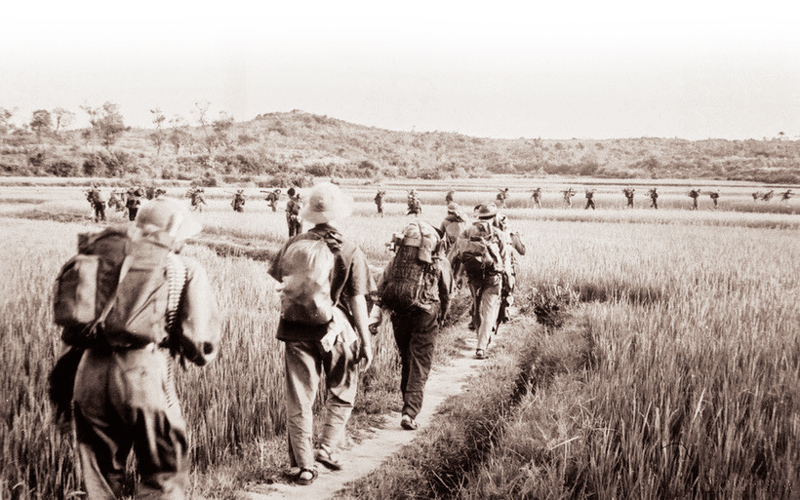
![[Photo] Funeral of former President Tran Duc Luong in Quang Ngai](https://vphoto.vietnam.vn/thumb/1200x675/vietnam/resource/IMAGE/2025/5/25/ccf19a3d8ea7450bb9afe81731b80995)

![[Photo] French President Emmanuel Macron and his wife begin state visit to Vietnam](https://vphoto.vietnam.vn/thumb/1200x675/vietnam/resource/IMAGE/2025/5/25/03b59c7613144a35ba0f241ded642a59)
![[Photo] Ea Yieng commune settlement project abandoned](https://vphoto.vietnam.vn/thumb/1200x675/vietnam/resource/IMAGE/2025/5/25/57a8177361c24ee9885b5de1b9990b0e)
![[Photo] Welcoming ceremony for Prime Minister Pham Minh Chinh and his wife on an official visit to Malaysia](https://vphoto.vietnam.vn/thumb/1200x675/vietnam/resource/IMAGE/2025/5/25/dc30203c3ae24da3990266ec3b29bb2d)
![[PHOTO] Hanoi fences off demolition of "Shark Jaws" building](https://vphoto.vietnam.vn/thumb/1200x675/vietnam/resource/IMAGE/2025/5/25/1b42fe53b9574eb88f9eafd9642b5b45)
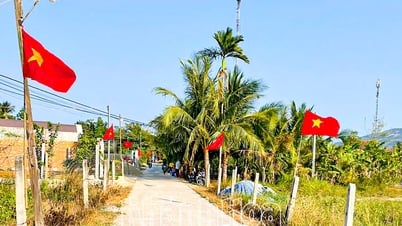


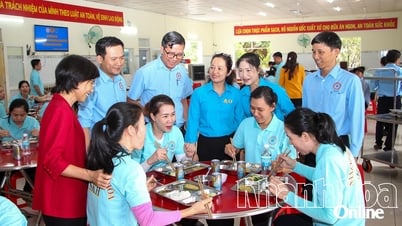









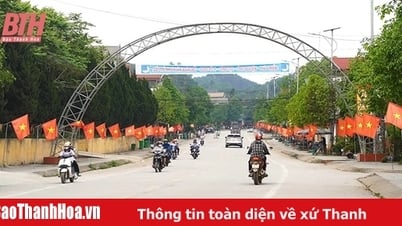
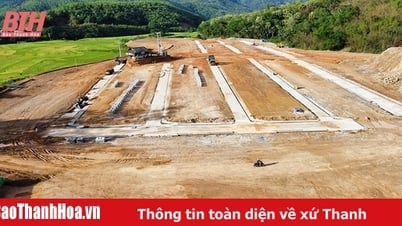
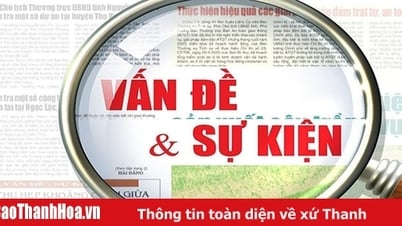

































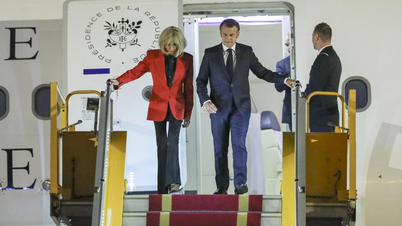
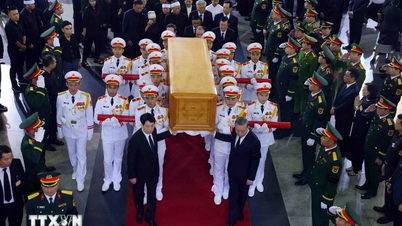
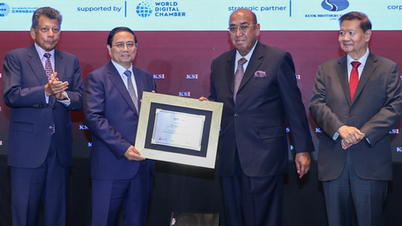
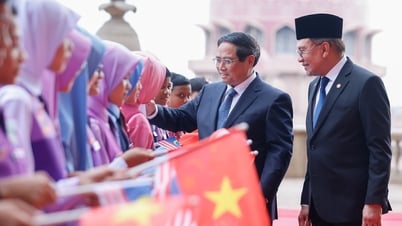
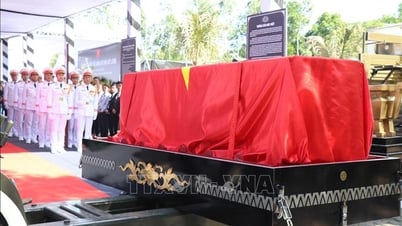













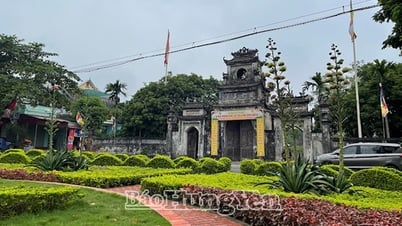











Comment (0)